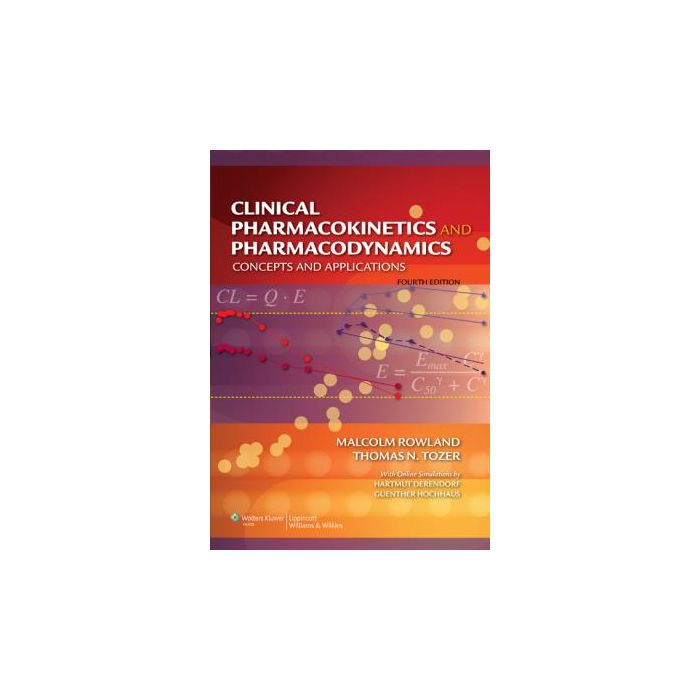Clinical Pharmacokinetics and Pharmacodynamics, 4ed. [Rowland - LIPPINCOTT Williams and Wilkins]

- ISBN/EAN
- 9780781750097
- Editore
- LIPPINCOTT Williams and Wilkins
- Formato
- Cartonato
- Anno
- 2010
- Edizione
- 4
- Pagine
- 864
Disponibile
64,00 €
Formerly Clinical Pharmacokinetics: Concepts and Applications, this fully updated Fourth Edition has been retitled Clinical Pharmacokinetics and Pharmacodynamics: Concepts and Applications to reflect the increasing body of knowledge linking the two concepts that explain the relationship between drug administration and drug response. This revised edition also reflects the explosion in our understanding at the molecular and mechanistic levels of all the processes controlling the pharmacokinetics of drugs. The text is authored by two leading international experts on the clinical aspects of pharmacokinetics/pharmacodynamics and is widely considered one of the authoritative texts on the subject.
Maggiori Informazioni
| Autore | Rowland Malcolm; Tozer Thomas N. |
|---|---|
| Editore | LIPPINCOTT Williams and Wilkins |
| Anno | 2010 |
| Tipologia | Libro |
| Lingua | Inglese |
| Indice | I. Basic Considerations 1. Therapeutic Relevance 2. Fundamental Concepts and Terminology II. Exposure and Response after a Single Dose 3. Kinetics Following an Intravenous Bolus Dose 4. Membranes and Distribution 5. Elimination 6. Kinetics Following an Extravascular Dose 7. Absorption 8. Response Following a Single Dose III. Therapeutic Regimens 9. Therapeutic Window 10. Constant-Rate Input 11. Multiple Dose Regimens IV. Individualization 12.Variability 13.Genetics 14. Age, Weight, and Gender 15. Disease 16. Nonlinearities 17. Drug Interactions 18. Initiating and Managing Therapy V. Supplemental Topics 19. Distribution Kinetics 20. Metabolites and Drug Response 21. New! Protein Drugs 22. New! Prediction and Refinement of Human Kinetics from In Vitro, Preclinical, and Early Clinical Data Appendices A. Assessment of AUC B. Ionization and the pH Partition Hypothesis C. Distribution of Drugs Extensively Bound to Plasma Proteins D. Plasma-to-Blood Concentration Ratio E. Well-stirred Model of Hepatic Clearance F. Absorption Kinetics G. Wagner-Nelson Method H. Mean Residence Time I. Amount of Drug in Body on Accumulation to Plateau J. Answers to Study Problems |
Questo libro è anche in:
